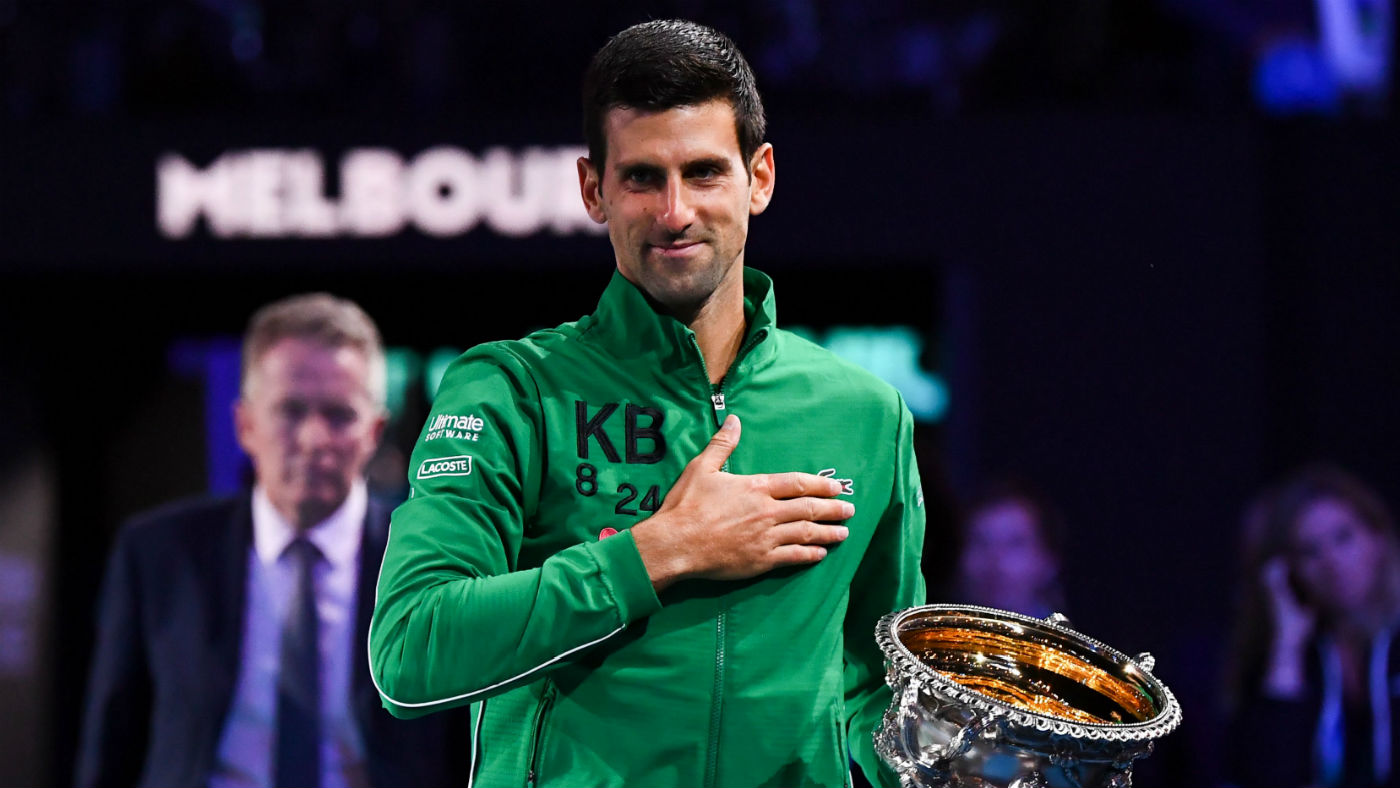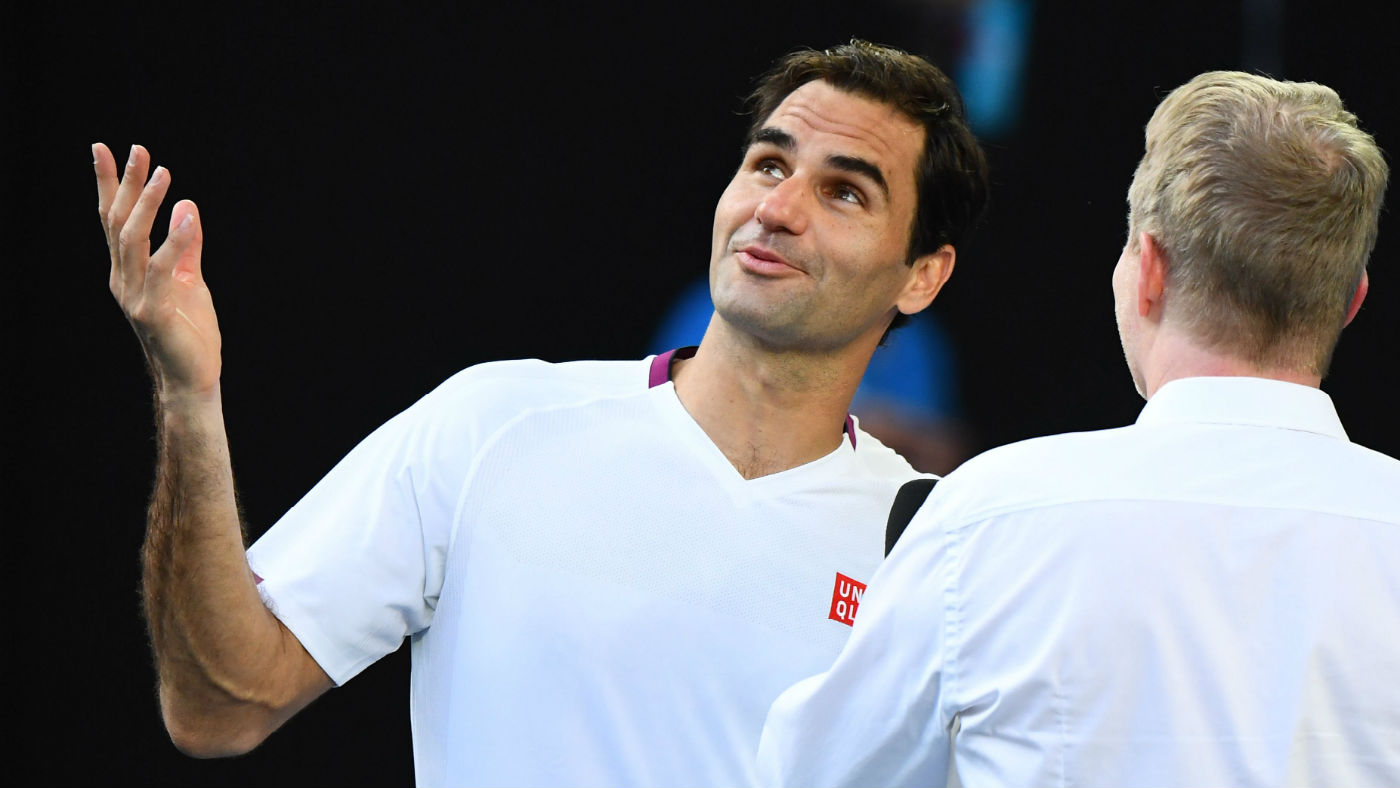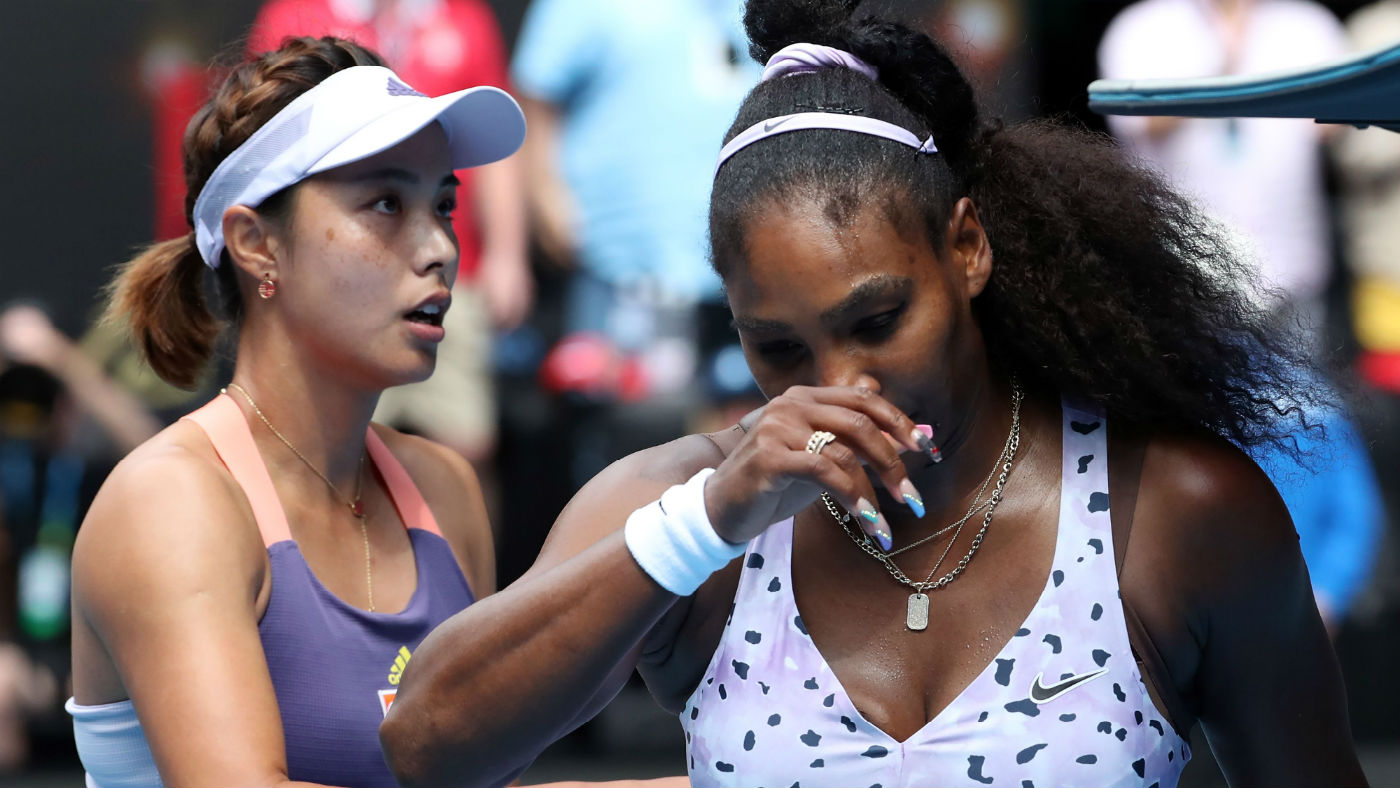Australian Open heat: are tennis stars warriors or wimps?
Players in revolt over 42C heat, as temperature sorts the men from the boys

CONTROVERSY over conditions at the Australian Open tennis continues to rage, as more players express concerns over the scorching heat at Melbourne. Andy Murray was among those to take a stand as he accused the organisers of putting players' health, and even lives, at risk by refusing to stop play even though temperatures have touched 42C. Talking after his match on Tuesday the Wimbledon champion said the decision to allow play to go on made the sport seem "terrible". He was particularly worried for those players involved in long matches and the less celebrated competitors performing in direct sunlight on outside courts. The conditions certainly appear to have taken their toll. The Daily Telegraph reports that the tally of nine first-round retirements equals a record set at the 2011 US Open. That is not the only parallel with the 2011 tournament in New York. Coincidentally, Flushing Meadow three years ago was the scene of the last significant revolt by players, when the likes of Murray, Rafa Nadal and Andy Roddick complained that they were being forced to play in dangerous conditions. On that occasion the issue was slippery courts, with players doing battle in rain and on wet surfaces as organisers sought to make up time lost to the weather. The circumstances may have been different, but Nadal's comments three years ago could equally apply to the current situation. "We are not protected. There is a lot of money at the Grand Slams but we are part of the show. They are just working for that and not for us," said Nadal. "I know the fans are there but the health of the players is important." But are modern tennis stars being forced to risk life and limb, or are they acting like prima donnas? "While it easy to think that extremes of temperature can lead to life-threatening situations," writes Michael Davison, a sports medical officer, in the Telegraph. "It seems inconceivable that experienced organising and medical teams in Melbourne would allow this to happen." The core temperatures of players could reach "danger levels where cramping, fainting and vomiting occur" he warns, and heat stress can highlight other fitness issues. But the "long-term effects of these symptoms are often minimal, as long as the core temperature is lowered quickly and effectively". The players should stop complaining, says Kevin Mitchell in The Guardian, who suggests that the heat may be sorting the men from the boys, metaphorically. "A lot of people pay good money to watch these elite athletes and they are right to expect 100 per cent effort from them. And, it has to be said, some players are not slow to look for a way out." Those who pull out always seem to be the ones with little chance of getting far in the competition, he adds. "Would they rather be working in a shop – or picking up a rather large loser's cheque on day one of a slam? You can't have it all ways." Not everyone agrees. The Australian Open Champion of 1978, Chris O'Neil, recalls, also in the Guardian, the effects of playing in extreme heat that lasted "long after the match was over, with severe vomiting, delirium and disorientation lasting into the night". He agrees with complaints that the conditions have been "inhumane". He points out that modern hard courts, unlike grass, reflect the heat, and takes on those who hark back to the "old days" when heat risk was unheard of. "The game was not the same, the surface was not the same, and the level of physicality was not the same," he argues. "It's like saying smoking isn't a danger to your health because everyone used to do that too." And the stakes are high. "The day that someone perishes on court... we shall wonder if the officials have erred on the side of devil-may-care," notes Neil Harman of The Times.
A free daily email with the biggest news stories of the day – and the best features from TheWeek.com
The Week
Escape your echo chamber. Get the facts behind the news, plus analysis from multiple perspectives.

Sign up for The Week's Free Newsletters
From our morning news briefing to a weekly Good News Newsletter, get the best of The Week delivered directly to your inbox.
From our morning news briefing to a weekly Good News Newsletter, get the best of The Week delivered directly to your inbox.
-
 Could smaller cars bring down vehicle prices?
Could smaller cars bring down vehicle prices?Today’s Big Question Trump seems to think so, but experts aren’t so sure
-
 2025’s most notable new albums
2025’s most notable new albumsThe Week Recommends These were some of the finest releases of the past year
-
 Trump aims to take down ‘global mothership’ of climate science
Trump aims to take down ‘global mothership’ of climate scienceIN THE SPOTLIGHT By moving to dismantle Colorado’s National Center for Atmospheric Research, the White House says it is targeting ‘climate alarmism’
-
 Novak Djokovic’s next big battle: fighting deportation from Australia
Novak Djokovic’s next big battle: fighting deportation from Australiafeature Serb’s visa is cancelled and his appeal has been adjourned until Monday
-
 Australian Open 2020: emotional Novak Djokovic urges everyone to ‘stick together’
Australian Open 2020: emotional Novak Djokovic urges everyone to ‘stick together’In Depth Serbian returns to world No.1 after securing his 17th grand slam title
-
 Australian Open women’s final: Sofia Kenin’s dream comes true in Melbourne
Australian Open women’s final: Sofia Kenin’s dream comes true in MelbourneIn Depth American wins her first grand slam after beating Spain’s Garbine Muguruza
-
 Sport shorts: Thiem to face Djokovic in the Australian Open final and forget Brexit Day, it’s transfer deadline day
Sport shorts: Thiem to face Djokovic in the Australian Open final and forget Brexit Day, it’s transfer deadline dayDaily Briefing Ten things from the world of sport on Friday 31 January
-
 Australian Open 2020 women’s final: Sofia Kenin vs. Garbine Muguruza preview, profiles and predictions
Australian Open 2020 women’s final: Sofia Kenin vs. Garbine Muguruza preview, profiles and predictionsThe Week Recommends There will be a first-time winner of the Melbourne grand slam
-
 Sport shorts: Roger Federer’s ski trip is delayed and LeBron James promises to continue Kobe Bryant’s legacy
Sport shorts: Roger Federer’s ski trip is delayed and LeBron James promises to continue Kobe Bryant’s legacyDaily Briefing Ten things from the world of sport on Tuesday 28 January
-
 Sport shorts: Gauff, 15, stuns defending champion Osaka and NBA star Curry wanted to be drafted by the Knicks
Sport shorts: Gauff, 15, stuns defending champion Osaka and NBA star Curry wanted to be drafted by the KnicksDaily Briefing Ten things from the world of sport on Friday 24 January
-
 ‘It’s unprofessional - it’s not cool’: Serena Williams shocked at Australian Open
‘It’s unprofessional - it’s not cool’: Serena Williams shocked at Australian OpenIn Depth China’s Wang Qiang takes advantage of American’s mistakes in Melbourne